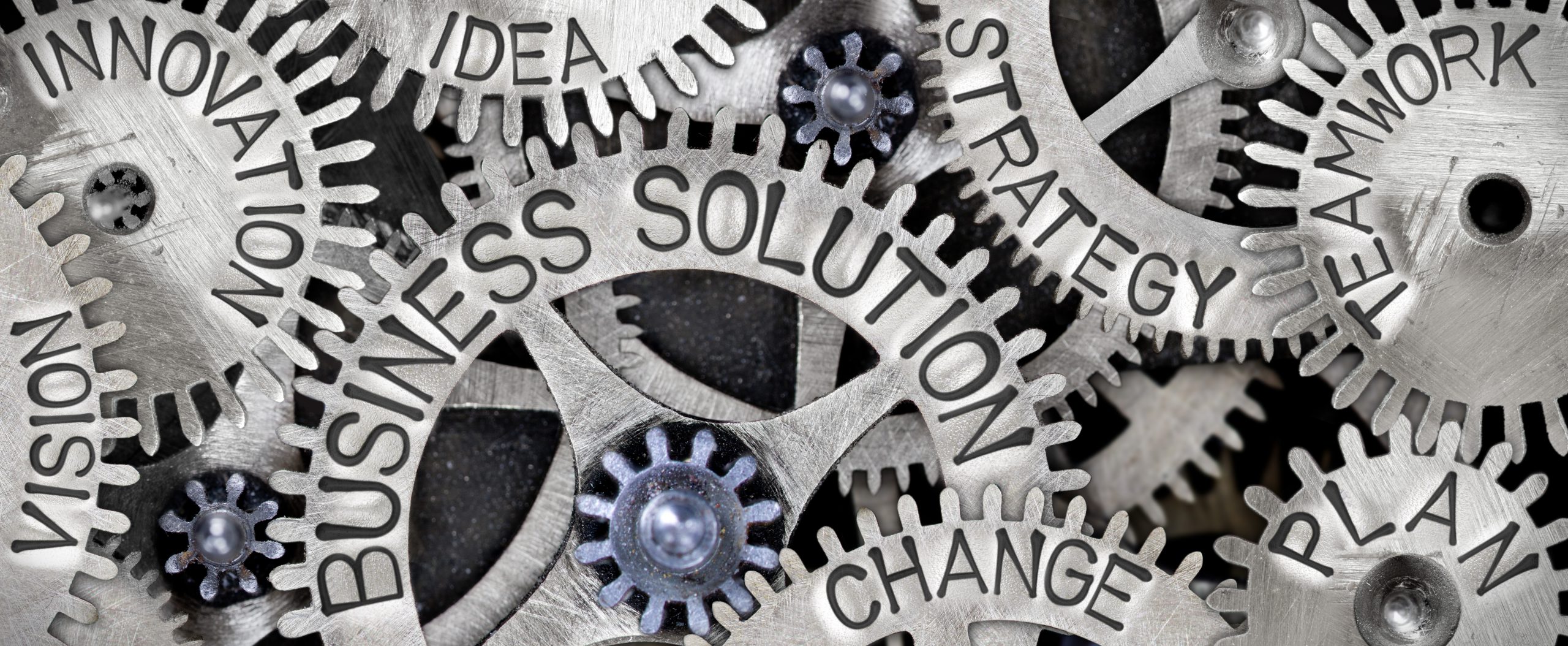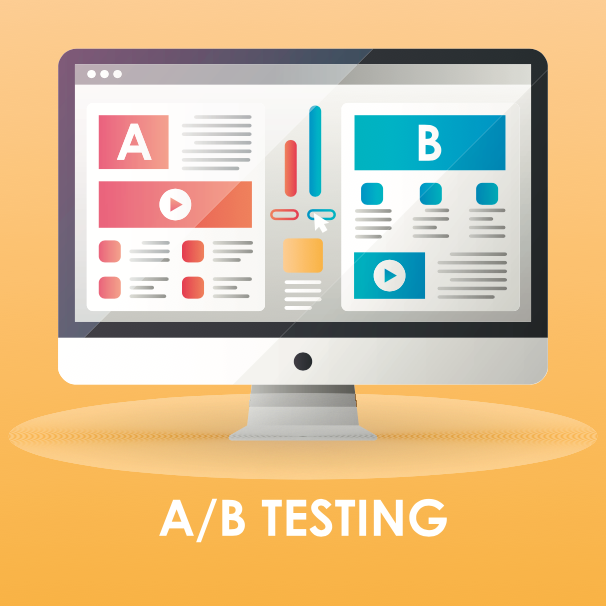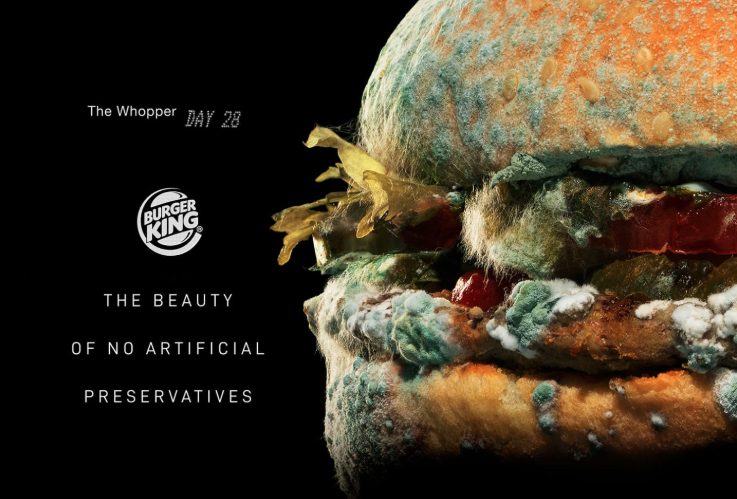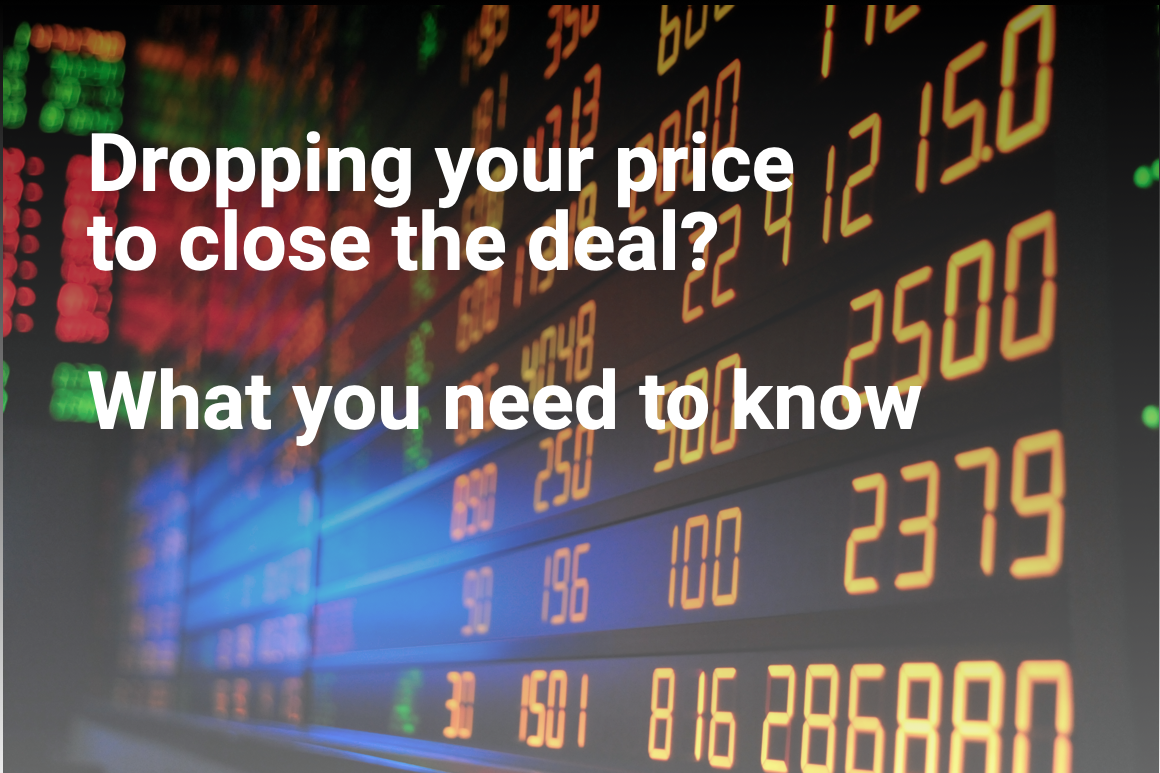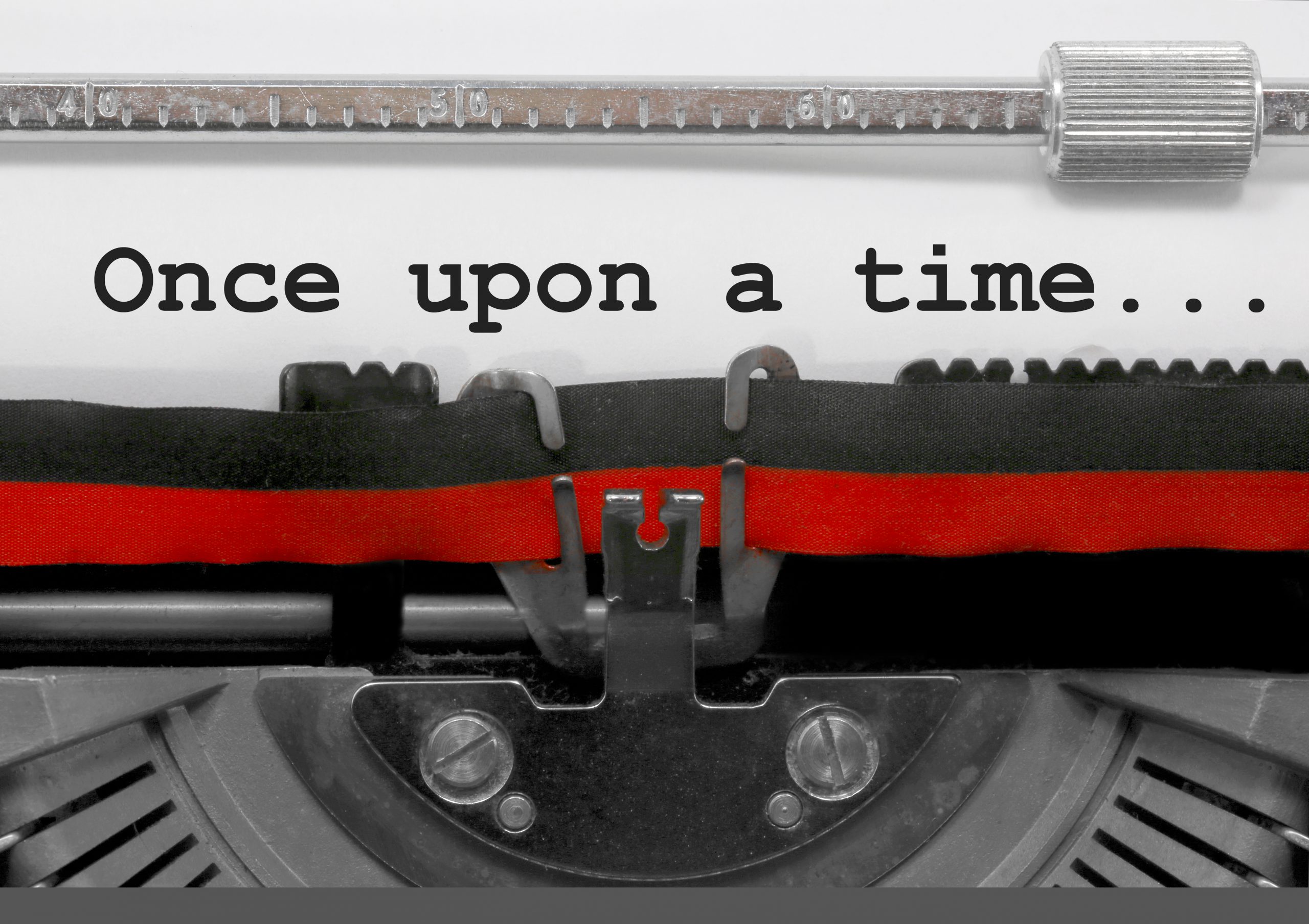Brand Fundamentals to Help Grow Your Brand
You’re busy running your business and not always thinking about branding. In this piece, we’re highlighting some brand fundamentals and how to use them, so you can become a better brand steward for your business. It can also help you communicate the value you bring customers more clearly so you can drive your business forward.
What is brand, anyway? The word “brand” gets thrown around a lot and seems to be a catchall for all manner of things. For instance, I’ve heard brand described as:
- The logo for your company (“The Tesla brand is so sleek.”);
- Colors & font (“I love your brand, it just pops off your business card.”);
- Website and copy (“Your brand is so smart”);
- Advertising (“Every time I see that brand it cracks me up,”);
- SEO / AdWords (“We totally do branding! We do SEO and AdWords”);
- Packaging (Wow, that skin care line has great branding”), and even
- Product or offering (“OMG I can’t live without that brand!”).
Friends, I’m here to tell you: brand is all this and so much more. Logo is part of your brand, as are your colors and fonts. Website? Yep. Packaging, product? Check. What about your customer experience, SEO tactics, advertising, font, tagline, your business’s personality, and even the color of your employee’s uniforms? All part of brand.
Brand: A Working Definition
Brand is the interconnected web of what your business means and how you deliver that meaning. It is the expectation of an experience that you create in the minds of your customers, and all these touchpoints work together to deliver that experience. Brand is everything you say about your business, but also your actions behind your words to back up your words. Jeff Bezos famously said brand is your business’ reputation, and what people think, say and feel about you / your business when you’re not in the room.
There are many parts to brand, and all of them play an important role in what, when, how and why you communicate to your customers. We won’t cover all of them but let’s explore some key brand tenets.
Brand Promise
A core brand fundamental is your brand promise. When you sell a product or service, your business makes a promise to your customers. You deliver on that promise with every single interaction and at every single customer touchpoint. It’s not just what you say; it’s what you do, how you do it and why.
How to use Brand Promise:
Your brand promise should always be in your / your team’s mind when interacting with customers. It’s your North Star, and you should always be focused on communicating your promise and making good on it. Domino’s brand promise is hot pizza within 30 minutes. Every employee – from the CEO down to the store managers, kitchen staff and drivers – knows the brand promise, and that every one of their jobs is synced to live up to that customer promise.
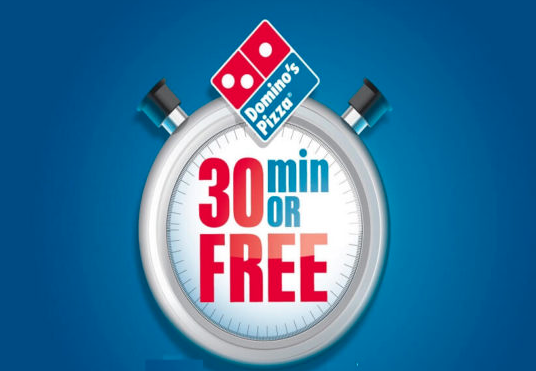
Nordstrom’s brand promise is to deliver exceptional customer service. Volvo’s brand promise is to make cars that are reliable and safe. When you create a promise that’s meaningful to your customers – and then deliver on that promise consistently and robustly – you earn loyal customers who are willing to pay and return time and again for your services.
Brand Mission
Another key brand fundamental? Your brand mission. The brand mission sees your brand promise through. It’s how what your brand stands for & promises comes to life. In the Domino’s example, their mission is delivering on their brand promise of “hot delicious food within 30 minutes…or it’s free.” If you look under the lid at Domino’s you’ll discover they’re as much about food as they are about logistics and ensuring they can deliver hot delicious food to your door within 30 minutes. Their extensive supply, manufacturing and distribution chain is built around delivering logistically on their brand promise.
How to use Brand Mission:
Once you know your brand promise, your brand mission is reverse-engineering how to bring your brand promise to life. It’s thinking through the steps you and your employees need to take to live into your brand promise and writing them down as a roadmap for how to achieve your promise every time.
Brand Values
Brand values are fundamental to bringing your brand to life; they are the principles and qualities you stand for that help you live into your brand promise and brand mission. What behavior and qualities do you stress to your employees to act on that helps live into your brand promise? And what characteristics are central to your brand promise coming to life? At Nordstroms, one of their brand values is exceptional customer service, no matter what. This value led a salesperson to once famously accept used car tires that a customer brought in to return (and Nordstroms does not sell car tires). It’s a legendary example that shows the extent to which Nordstrom empowers its staff to deliver exceptional customer service.
How to use Brand Values:
Values are the qualities that define your brand and help you deliver on your promise. Spend some time thinking through your brand’s values and what your qualities are that enable you to deliver on your brand promise. Imagine you are hiring a new employee; what qualities must they have in order to carry out your brand promise? What guidelines do you want to instill in them? Remember your employees are your front line and represent your brand; they manifest your brand promise to life. So what must they embue?
Brand Positioning
Brand positioning is another fundamental element of branding. Positioning is how you position your brand against your competition, in the process targeting your ideal, or target, customer. If you are Volvo, your brand positioning is that you make vehicles that are reliable and safe. Your ideal customer is someone who values reliable and safe cars. You’ll position your brand far away from sleek sports cars (BMW, Porsche), muscle cars (Ford Mustang), trucks (F150), luxury sedans (Mercedes, Lexus), economy cars (Kia, Hyundai), family minivans and SUVs, and other vehicles.

How to use Brand Positioning:
Brand positioning is the foundation of your brand because it not only distinguishes you from your competitors, it also appeals to a target market that deeply values the benefit you bring (that others do not). You can read at length about UVP and brand positioning here.
Target Market
Your target market is a critical brand fundamental; it’s about determining that market segment that derives extreme value from your offering. In the case of Volvo, their target market is anyone concerned about safety and reliability; for instance, parents with small children; those who live in climates with poor driving conditions; and other demographic segments who value safety and reliability over other car qualities like mileage, handling, acceleration, and so on.
How to use your Target Market:
You’ll want to consider your customers and zero in on those who deeply love your offering. You’ll want to probe: Why do they love our brand? What is it about our service or offering that makes them choose us? In Domino’s case, it’s the people who value convenience, not the artisanal pizza lovers who will travel great distances and wait for hours to get amazing pizza. For Nordstroms, the target customer is the person who loves getting what they want and is willing to pay extra for it. Think through your offering and who disproportionately values you, and why. For more on discovering your target, this article can help.
Functional & Emotional Benefits
Both of these types of benefits are fundamental in branding but they serve different roles. A functional benefit articulates the problem your offering solves and the benefit your customer gets from using it. For Domino’s, it’s hot food within 30 minutes. Nordstrom? Their functional benefit is satisfying the customer’s needs and wants. For Tide with Bleach, it’s getting your laundry clean and your whites whiter.
The emotional benefit is an extension of your functional benefit: what customers get as a result of that benefit. For Domino’s, the emotional benefit is being able to spend your time doing what you love (not focused on food prep). Nordstroms’ emotional benefit is feeling surprised & delighted. Tide’s emotional benefit of clean clothes and whiter whites means you look your best. Functional benefits reinforce emotional benefits, and emotional benefits are the real reason people choose your product. Yes, people want their laundry clean, but lots of detergents promise that. People choose Tide because Tide makes them look their best.
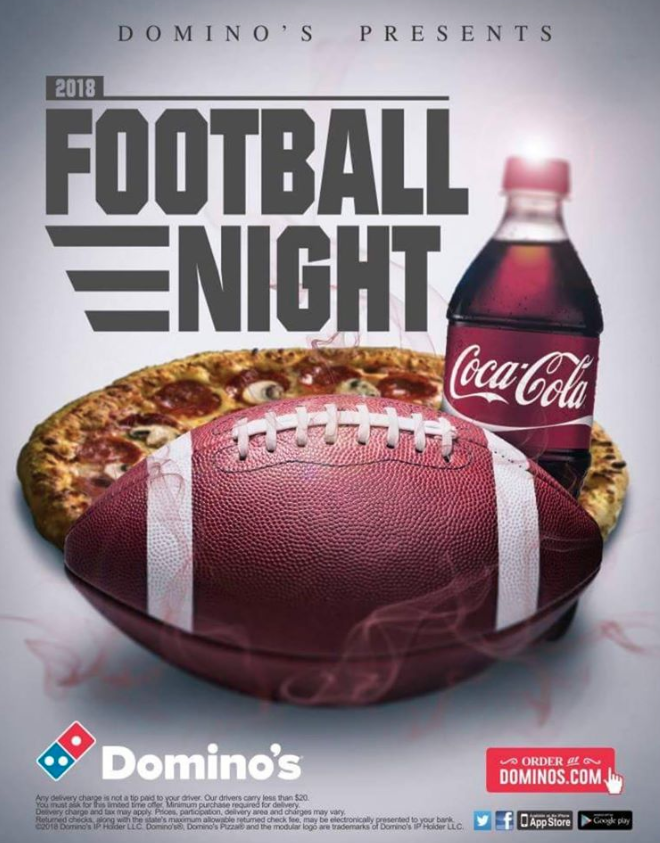
How to use these benefits:
Think about the immediate, tangible benefit your brand provides to your customers. What problem do you fix? Then think about the bigger emotional territory that you play in, as a result of fixing that problem. What emotion does through your customer feel when they’ve interacted with your brand? Knowing what functional and emotional benefits your brand provides gives you a smart platform to talk about why you are different and why offering matters to your target customer.
What are Reasons to Believe?
For your promise to really take root in your customer’s mind, it has to be credible. Give customers reasons to believe in your brand promise. These reasons should be specific attributes and features that allow your business to deliver on your promise. For example, LensCrafter’s brand promise is that it helps people see better. Their reasons to believe include:
- Optometrists on site to administer eye exams & update your prescription;
- Lens labs so they can cut and fit your glasses within an hour;
- Convenient store hours, including late evenings and weekends;
- Knowledgeable staff to assist in finding the ideal lenses for your needs.
These reasons to believe instantly support LensCrafters’ brand promise and makes it resonate in customers’ minds.
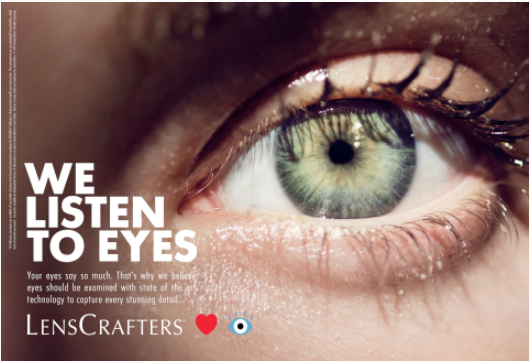
How to use Reasons to Believe:
Spend a moment to think through the attributes that helps support your business’s brand promise. What do you deliver that supports your brand promise? You’ll want to talk to these points frequently as support for your brand promise, and help your customers fully understand and integrate the value you bring.
Brand Archetypes
Archetypes are another fundamental part of branding that brings your brand its distinctiveness. A brand archetype is a persona that embodies your brand, kind of like if it were a person come to life. Nike, for example, is the Hero archetype who asks you to give it your all, never give up, and just do it. Coca-Cola is the Innocent, encouraging you to leave your troubles behind, relax for a minute, take a break from your troubles and just… open happiness. And Harley Davidson is the Rebel, helping you fulfill your dreams of personal freedom while bucking the status quo and being utterly, unapologetically in-your-face independent.
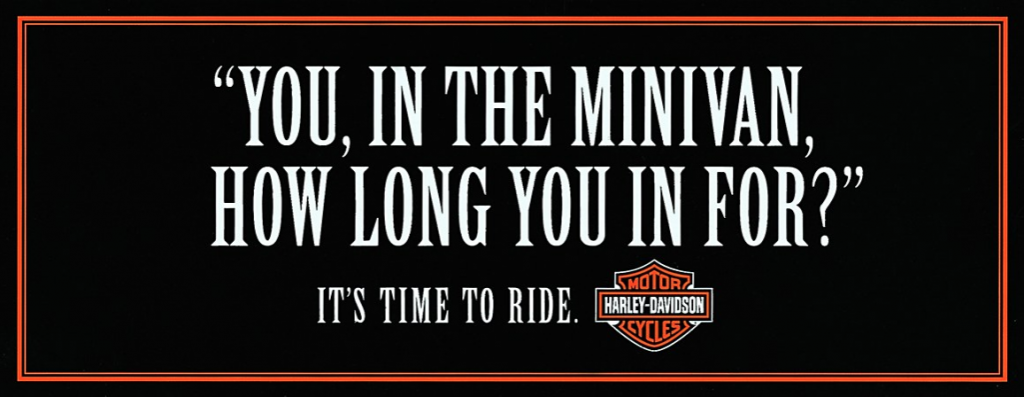
How to use Archetypes:
Archetypes can come to define your brand (as in the case of Harley Davidson and Nike). Consider your brand: does it have a strong personality? Is it humorous and self-deprecating (Geico, the Joker), or is it more authoritative and in control (AmericanExpress, the Ruler)? How about: approachable, friendly and good-natured (Bud Light; the Guy-Next-Door)? Archetypes can enhance your brand’s relatability and likeability factors, particularly with regards to tone and how you communicate your value proposition to your customers. For more on archetypes, you can read this article.
Wow, that’s a lot! What do I do with all this?
All these various parts build together to form your brand. They help your stakeholders better understand what your company is all about, the value you bring, and how you are different from the rest. If you really want to develop your brand more fully, consider how you can bring these elements to life for your business. And if you have any questions and/or want to turn this over to someone who knows this stuff inside & out: let’s connect. We’re here for you and happy to help.


